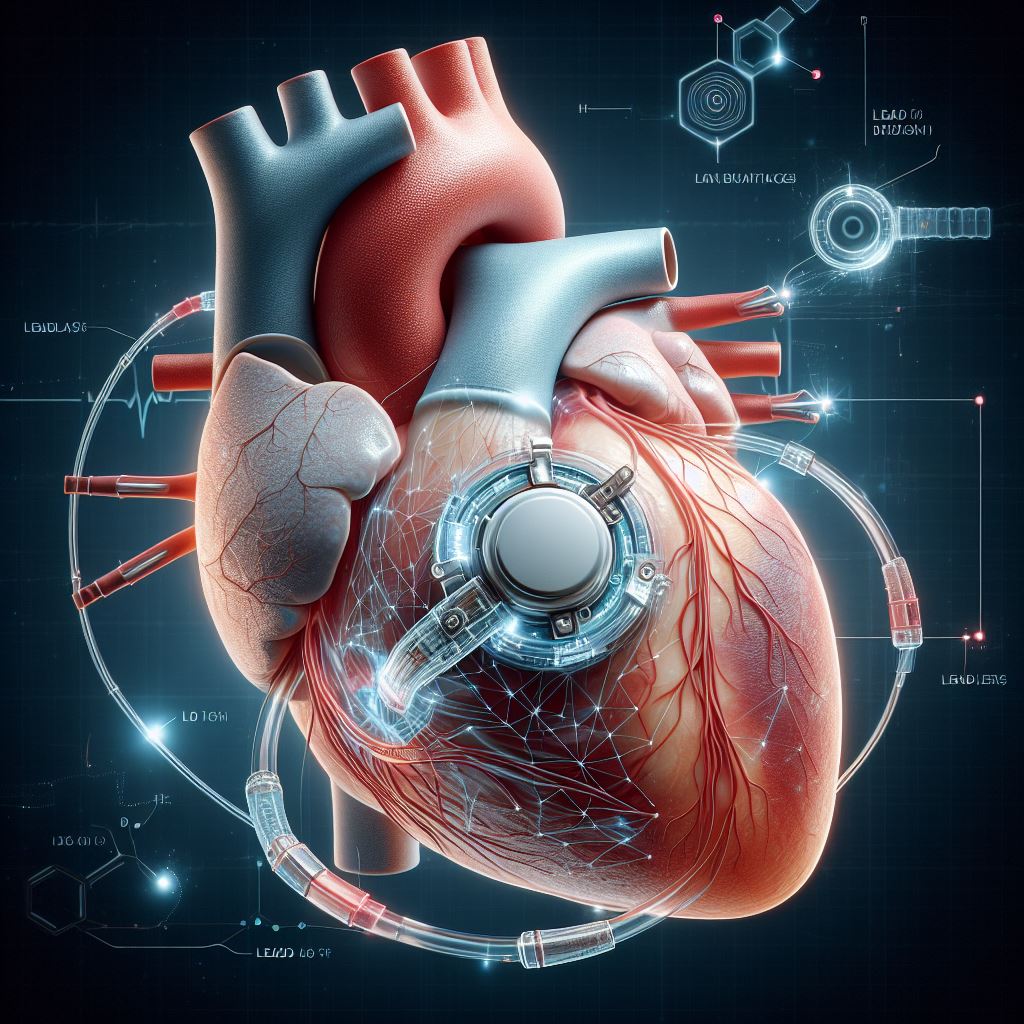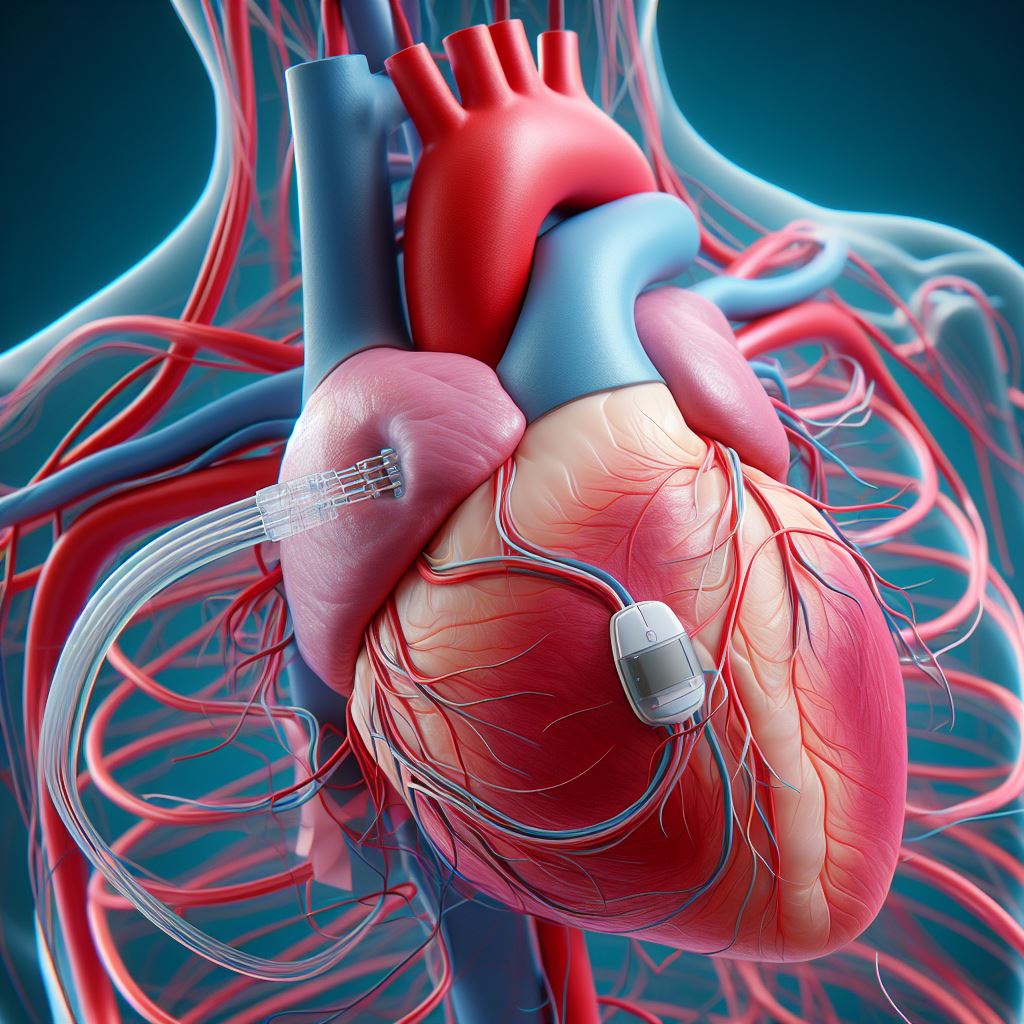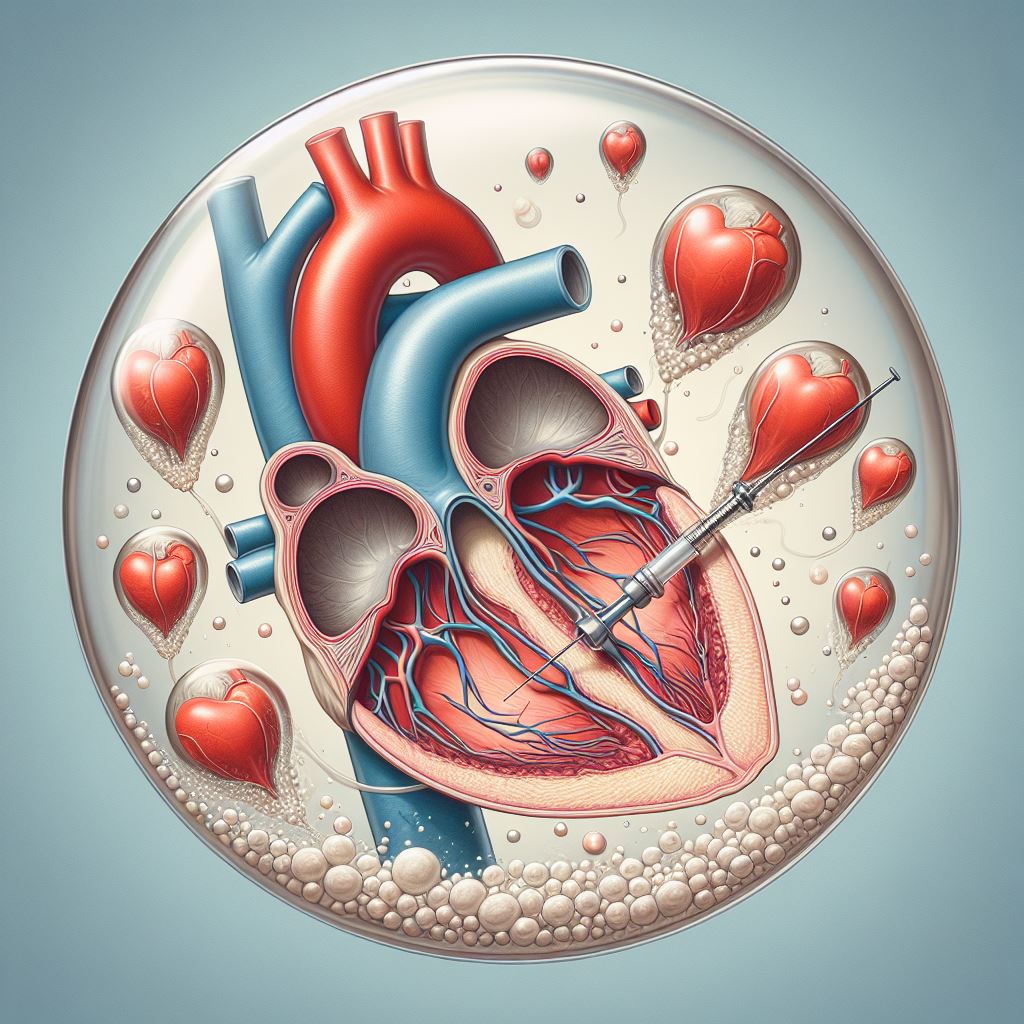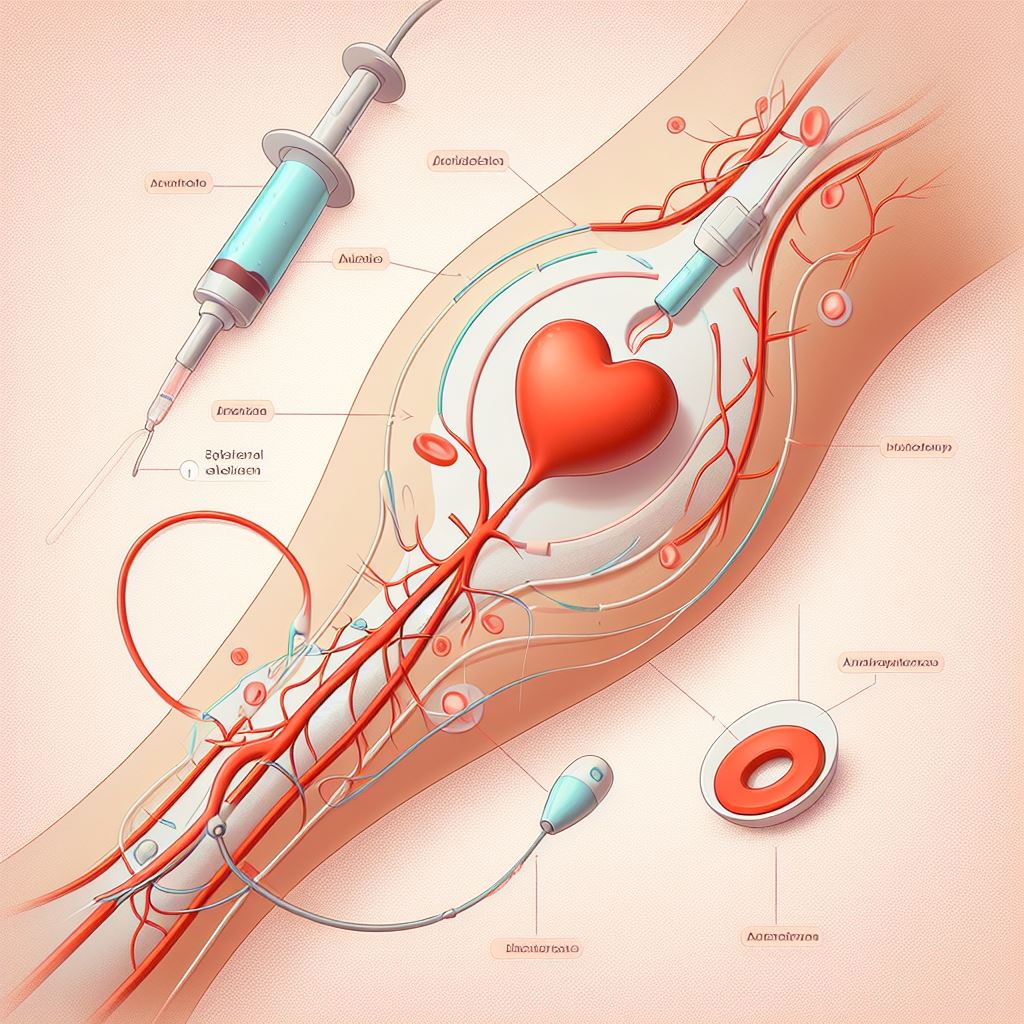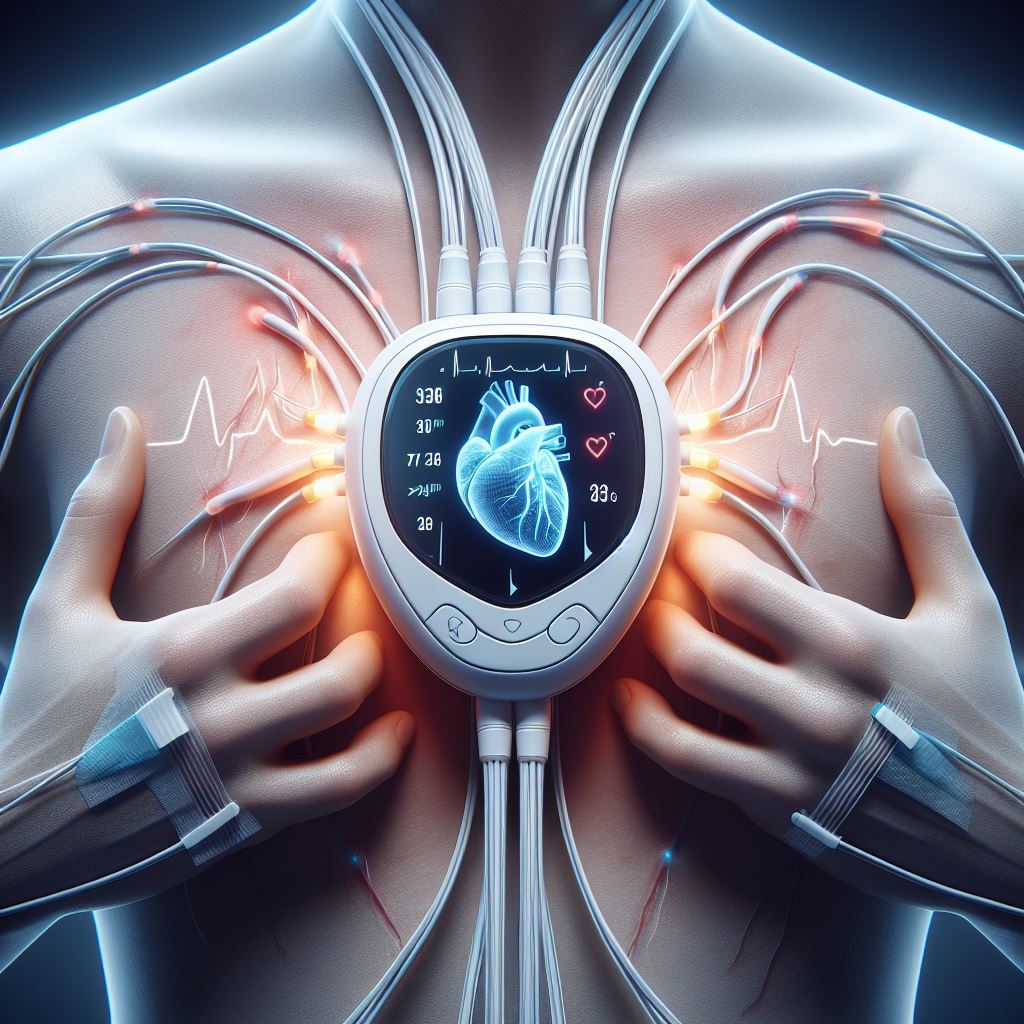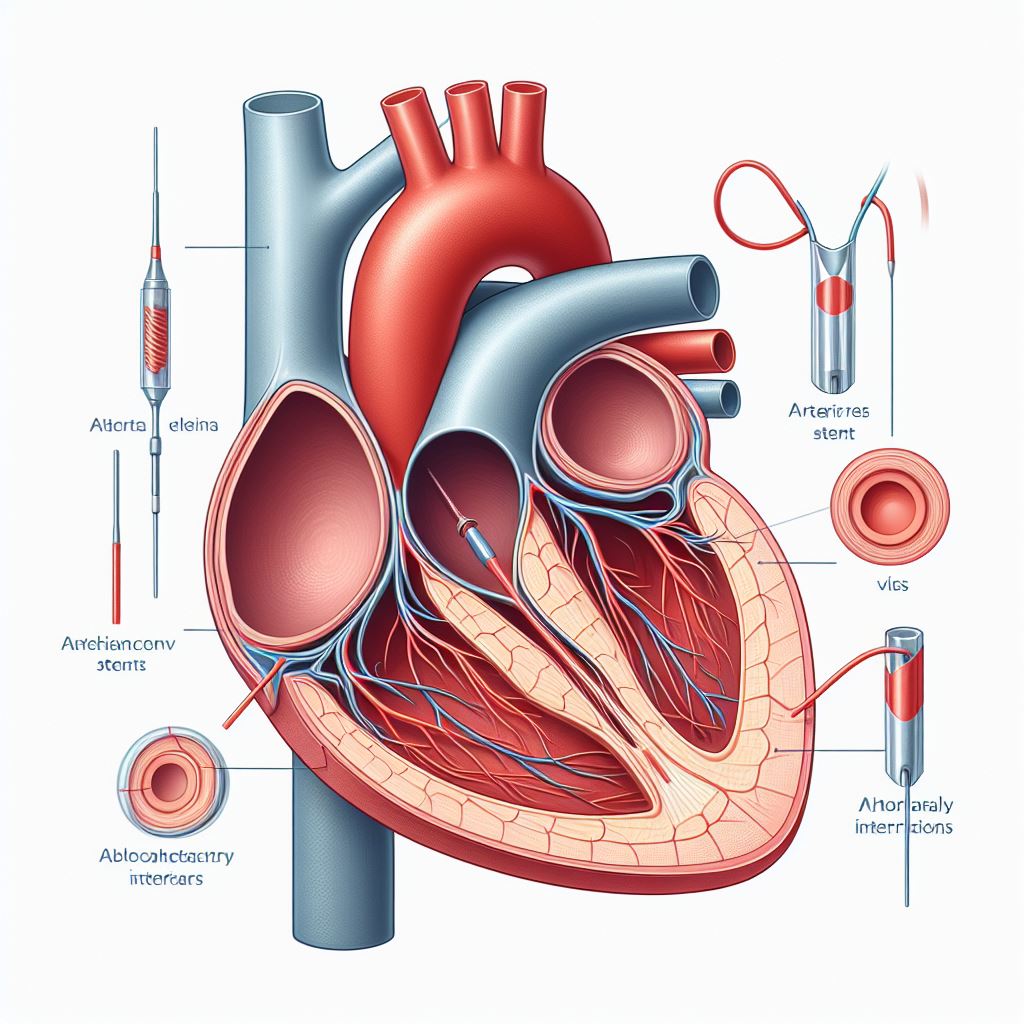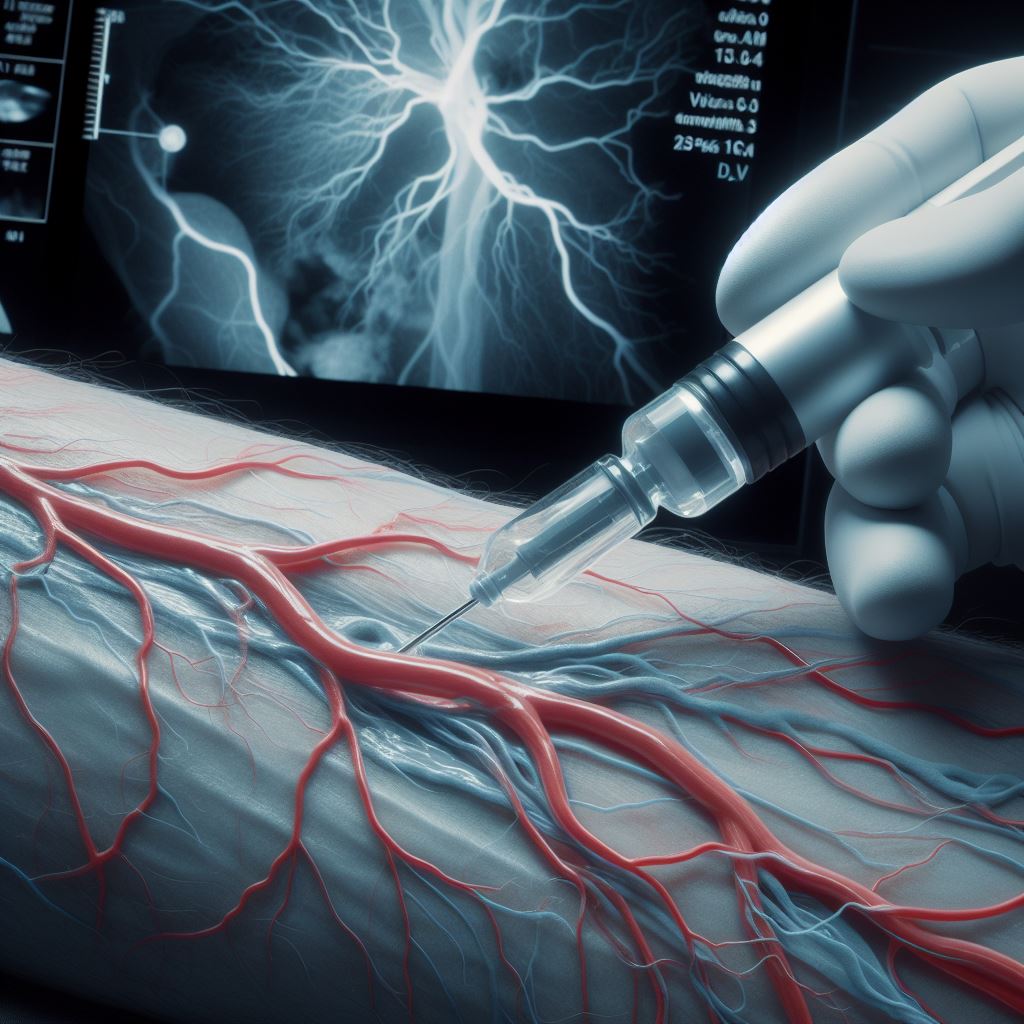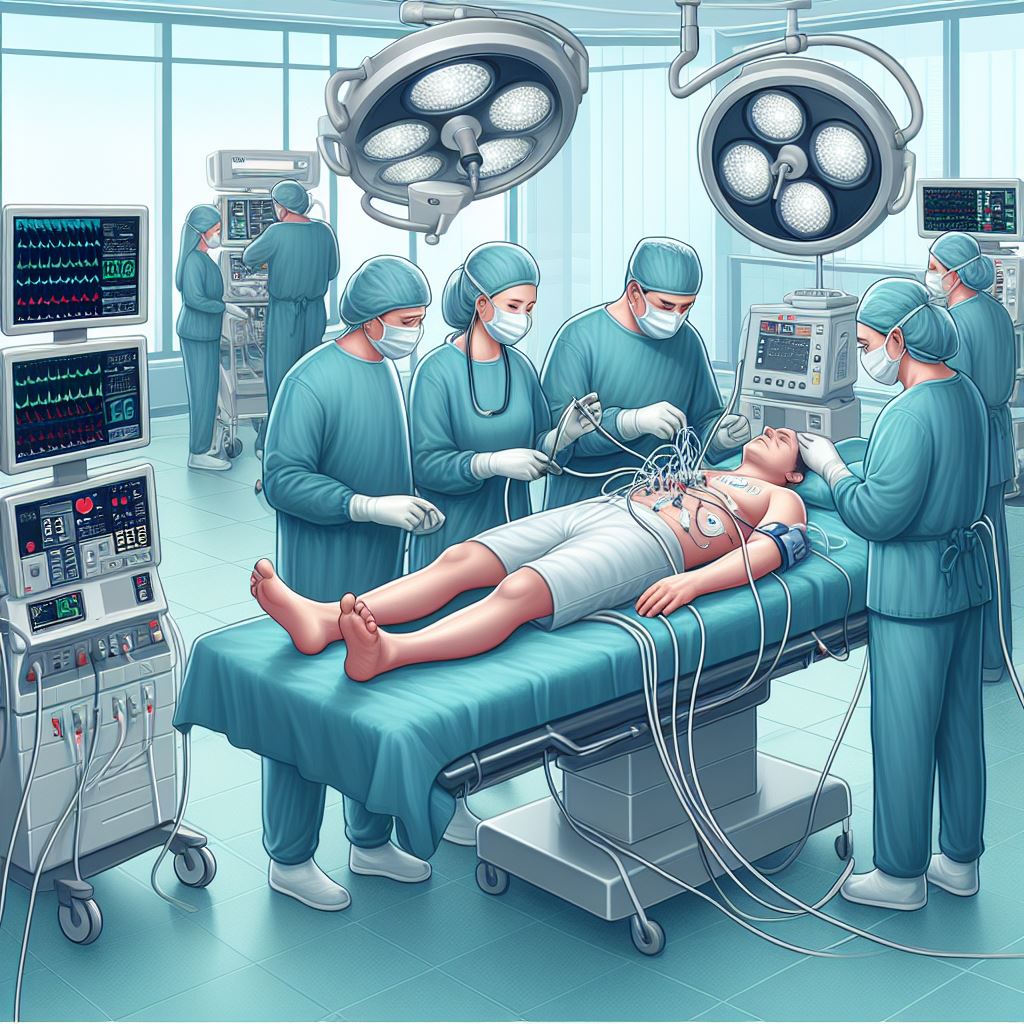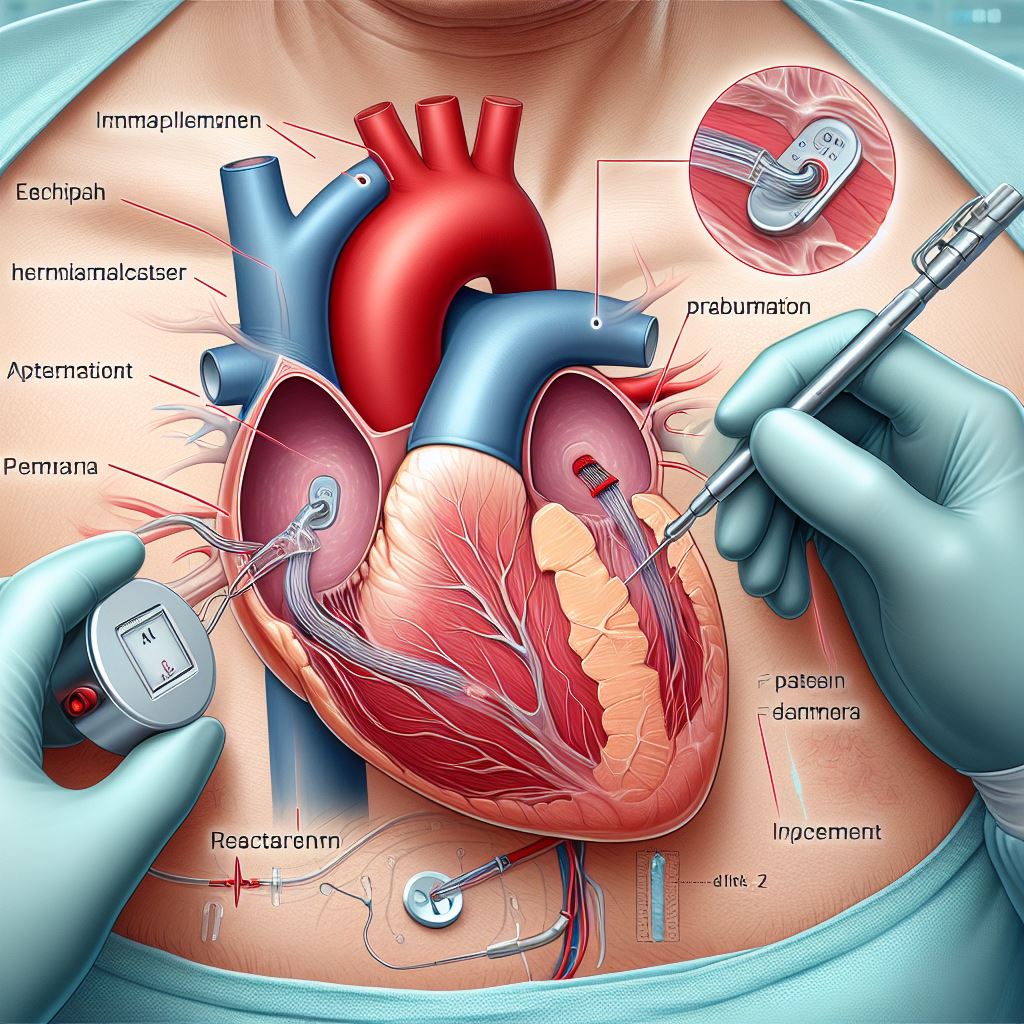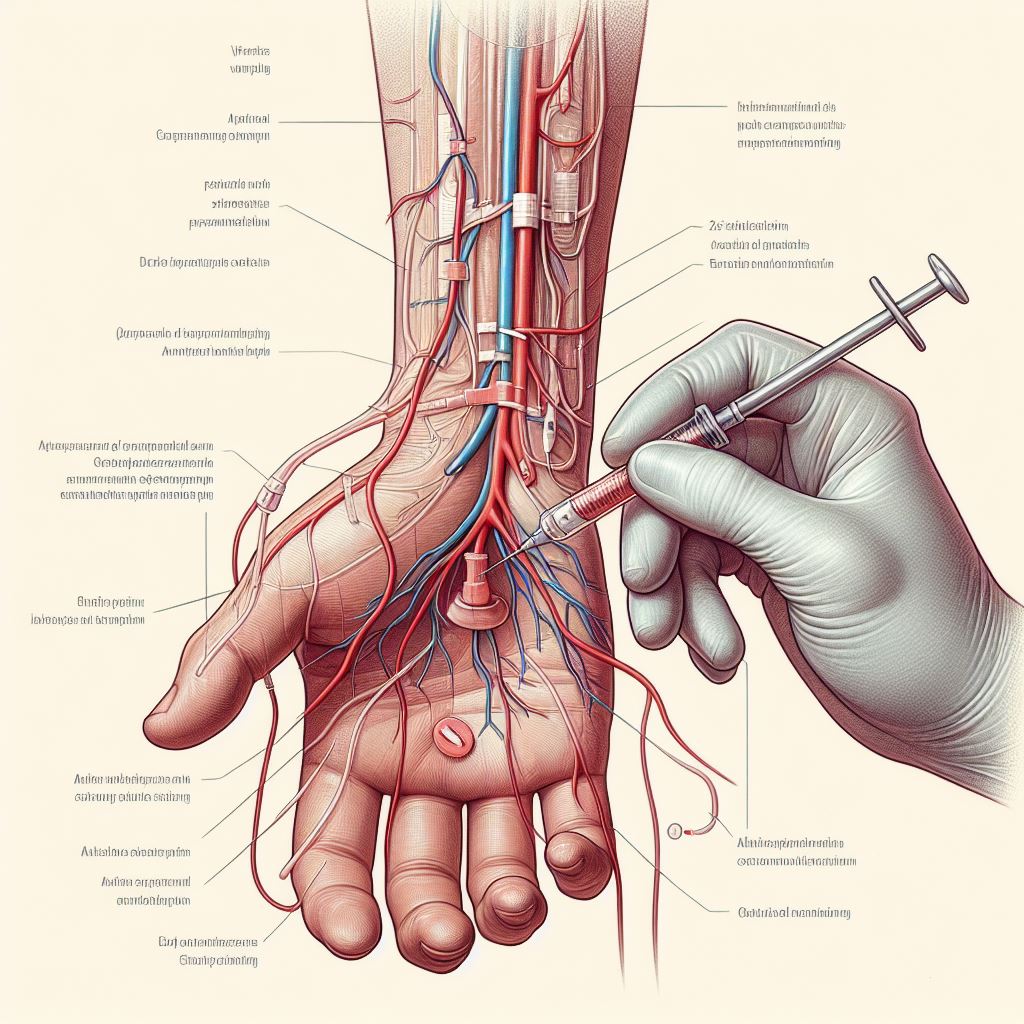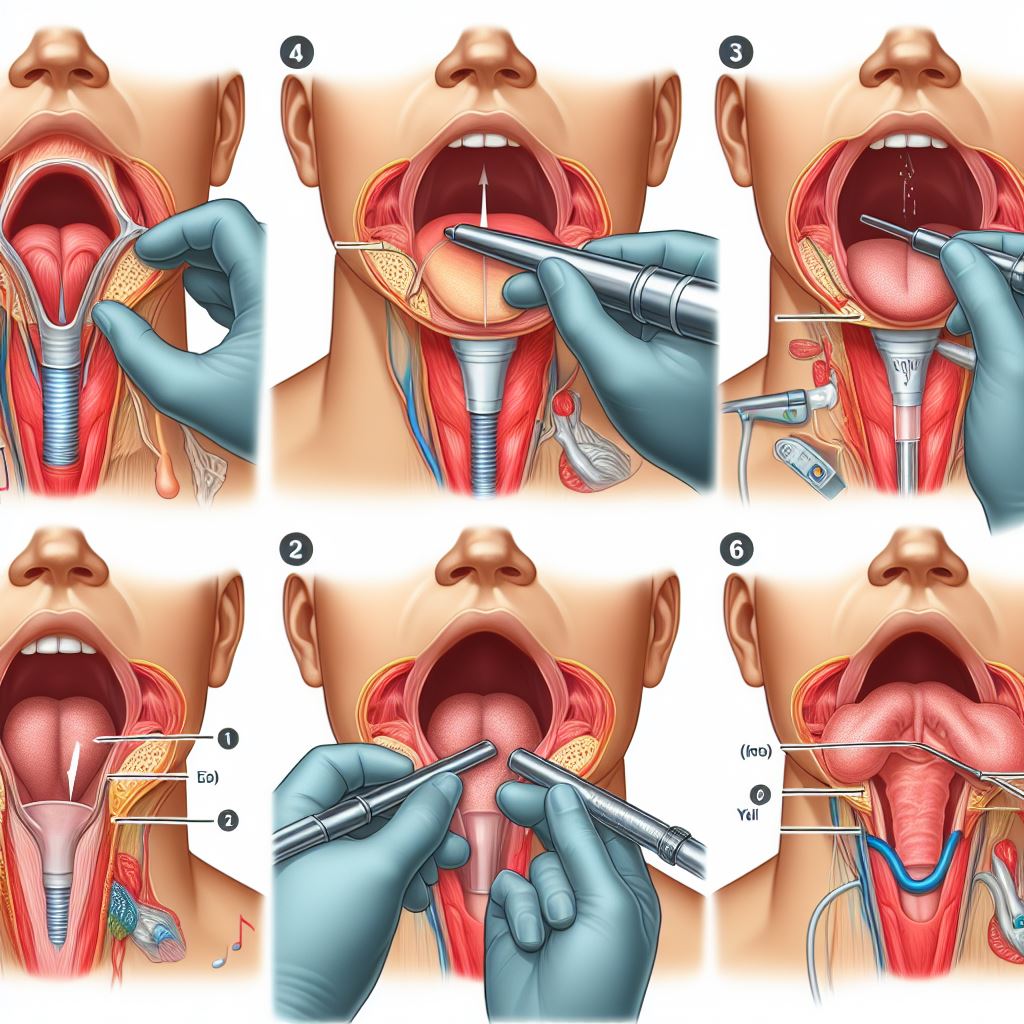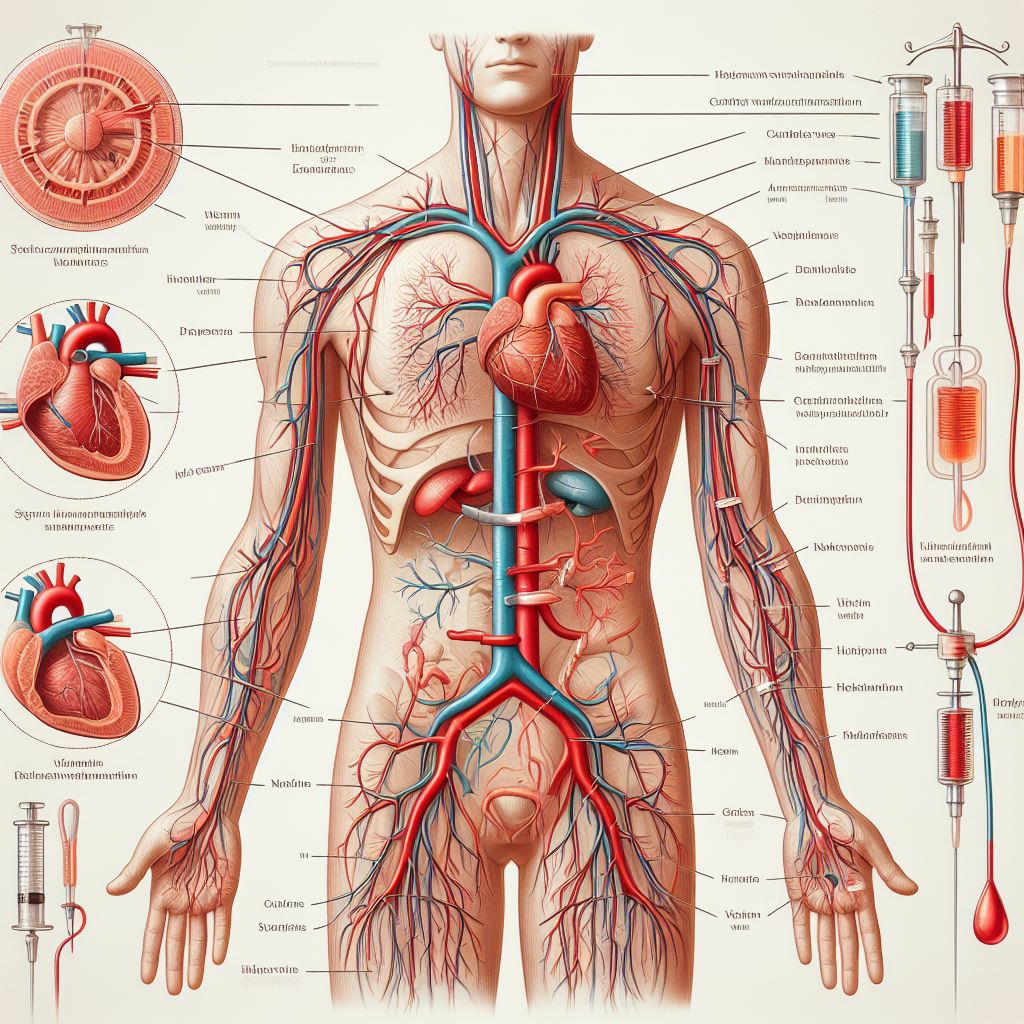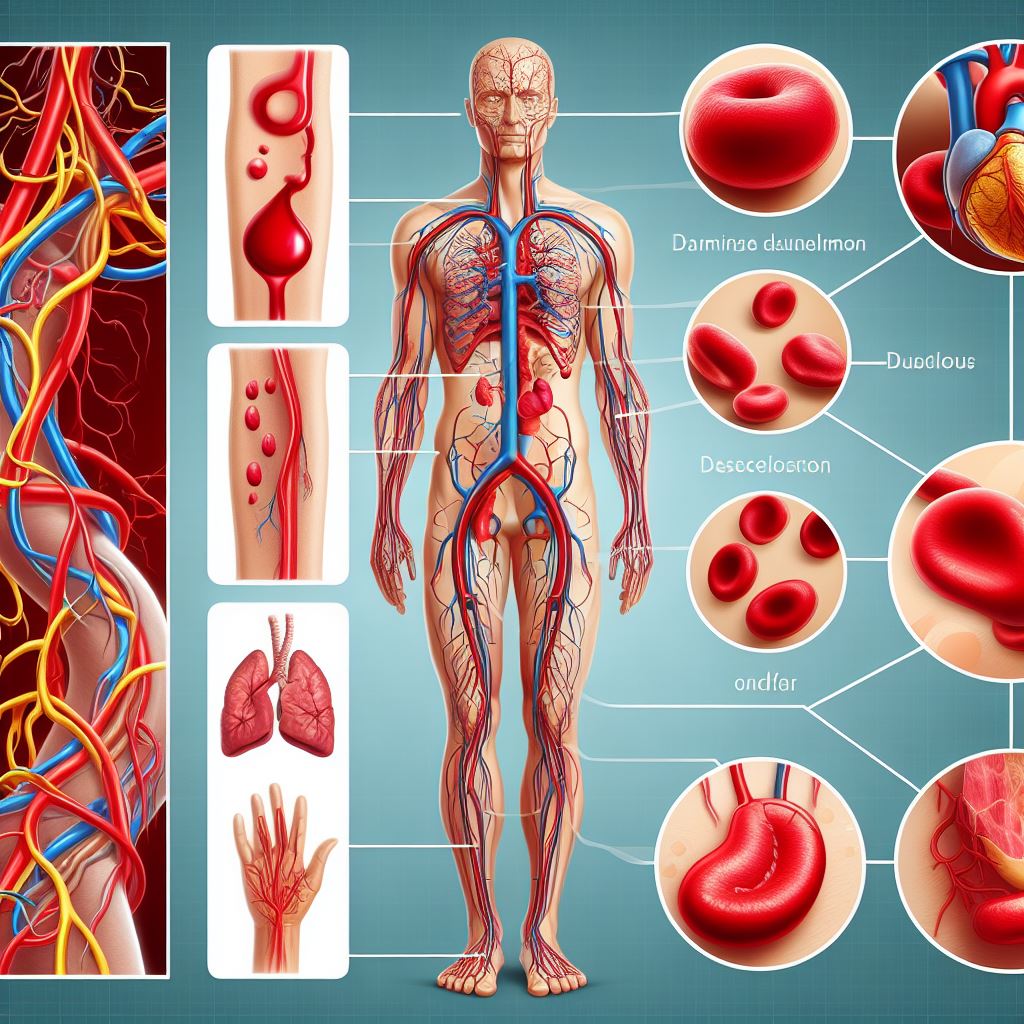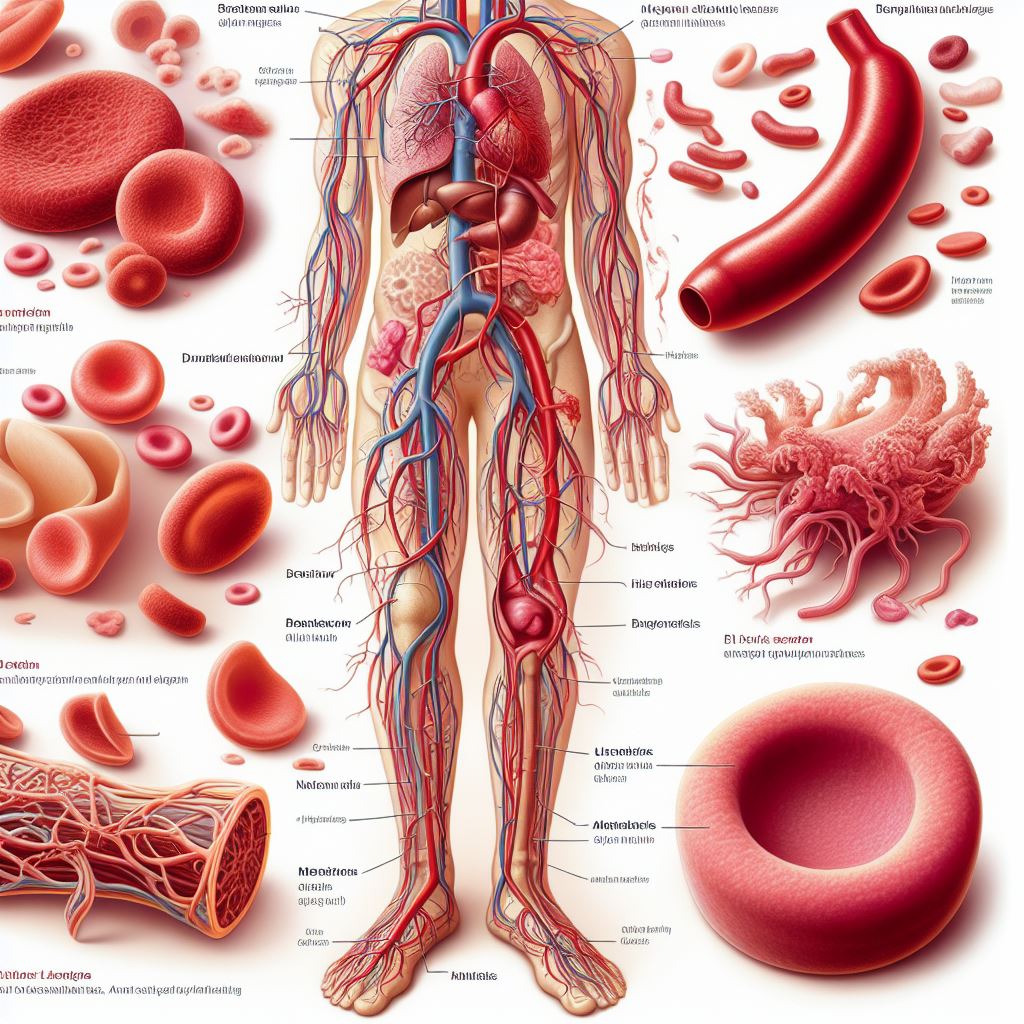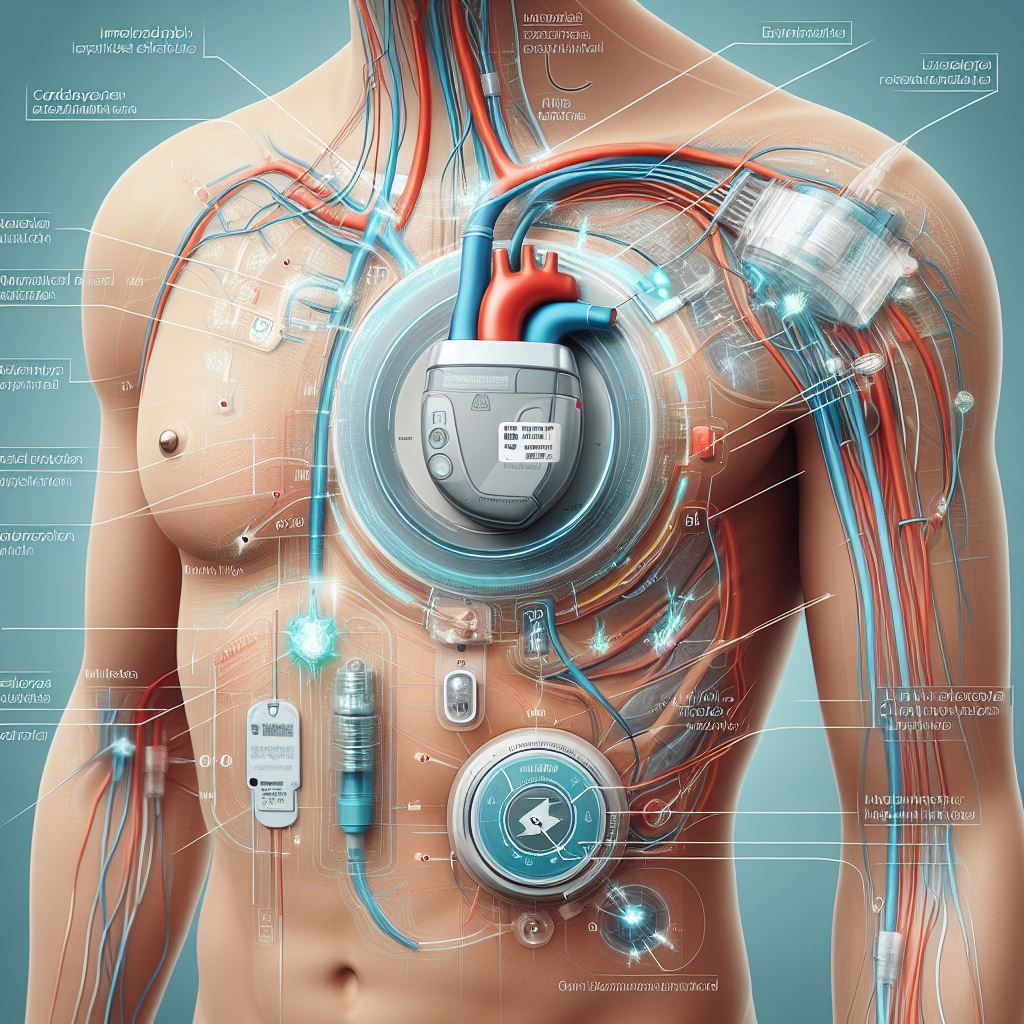
ICD (Implantable Cardioverter Defibrillator) Implantation
An Implantable Cardioverter Defibrillator, commonly known as an
ICD, stands as a beacon of hope for individuals grappling with heart rhythm
irregularities. This small, yet powerful, battery-driven device is
strategically implanted beneath the skin to meticulously monitor and regulate
the heart's rhythm. The primary objective of an ICD is to intervene and correct
ventricular arrhythmias, thereby preventing sudden cardiac arrest and ensuring
the well-being of the patient.
Types: ICDs come in various types, each catering to specific cardiac
conditions and requirements:
1. Single-Chamber ICD: This
variant focuses on monitoring and delivering shocks to a single chamber of the
heart, either the atrium or the ventricle.
2. Dual-Chamber ICD: Operating
with a more comprehensive approach, this type monitors and delivers shocks to
both the atrium and the ventricle.
3. Biventricular ICD (CRT-D): The
Biventricular ICD, also known as Cardiac Resynchronization Therapy
Defibrillator (CRT-D), plays a crucial role in coordinating the contractions of
the heart's lower chambers (ventricles), thereby enhancing overall heart
function.
Why It's Done: The decision to undergo ICD
implantation is a carefully considered one, guided by specific medical
conditions and risk factors. Common scenarios prompting ICD implantation
include:
· History of Ventricular Arrhythmias: Individuals who have experienced or are at a heightened risk of ventricular
arrhythmias are prime candidates for ICD implantation.
· Survivors of Sudden Cardiac Arrest: Those who
have survived sudden cardiac arrest or exhibit particular heart conditions that
elevate the risk of recurrence.
· Heart Failure: ICDs play
a pivotal role in managing heart failure, especially in cases where there is a
reduction in left ventricular function.
Risks: While ICD implantation is generally considered safe, it is
crucial to be aware of potential risks associated with the procedure. These
include:
· Infection at the Implant Site: As with
any invasive procedure, there is a risk of infection at the site of
implantation.
· Bleeding or Bruising: Minor
bleeding or bruising may occur at the incision site.
· Allergic Reaction: In rare
cases, individuals may experience an allergic reaction to anesthesia or
materials used in the device.
· Device Malfunction: Though
uncommon, there is a risk of device malfunction, necessitating careful
monitoring and follow-up.
Your
healthcare provider will thoroughly discuss these risks with you, taking into
account your medical history and specific circumstances, to ensure that the
benefits of the procedure outweigh potential complications.
How You Prepare: Preparation for ICD implantation
involves a series of steps designed to optimize the procedure's success and
minimize risks. Key preparatory measures include:
· Fasting: Patients are
typically required to fast for a specific period before the procedure to
facilitate a smoother experience.
· Medication Adjustments: Depending
on your current medications, especially blood thinners, your healthcare
provider may make necessary adjustments to reduce the risk of bleeding during
the procedure.
What You Can Expect: The day of ICD
implantation marks a significant step toward managing and improving your
cardiac health. The procedure unfolds as follows:
1. Anesthesia: Local anesthesia is
administered to numb the area where the device will be implanted, ensuring your
comfort throughout the procedure.
2. Incision: A small incision,
usually near the collarbone, is carefully made to provide access to the blood
vessels leading to the heart.
3. Lead Placement: Thin,
flexible wires, known as leads, are meticulously threaded through the blood
vessels and positioned within specific chambers of the heart.
4. Device Implantation: The ICD
device is then connected to the leads, and it is gently implanted beneath the
skin, securing it in place.
5. Closing the Incision: The
incision is closed with either stitches or surgical glue, promoting proper
healing.
Results: The aftermath of ICD implantation is often marked by positive
outcomes and improved cardiac function. Patients commonly experience:
· Enhanced Heart Rhythm Control: With the
ICD in place, irregular heart rhythms are carefully monitored and corrected,
promoting a more stable cardiac rhythm.
· Reduced Risk of Sudden Cardiac Arrest: The
primary goal of ICD implantation is to mitigate the risk of sudden cardiac
arrest, providing individuals with a renewed sense of security.
· Improved Quality of Life: Many
patients report an overall improvement in their quality of life, as the ICD
offers a sense of reassurance and the ability to engage in daily activities
with greater confidence.
Regular
follow-up appointments with your healthcare provider are essential to monitor
the functionality of the implanted device and make any necessary adjustments to
optimize its performance.




